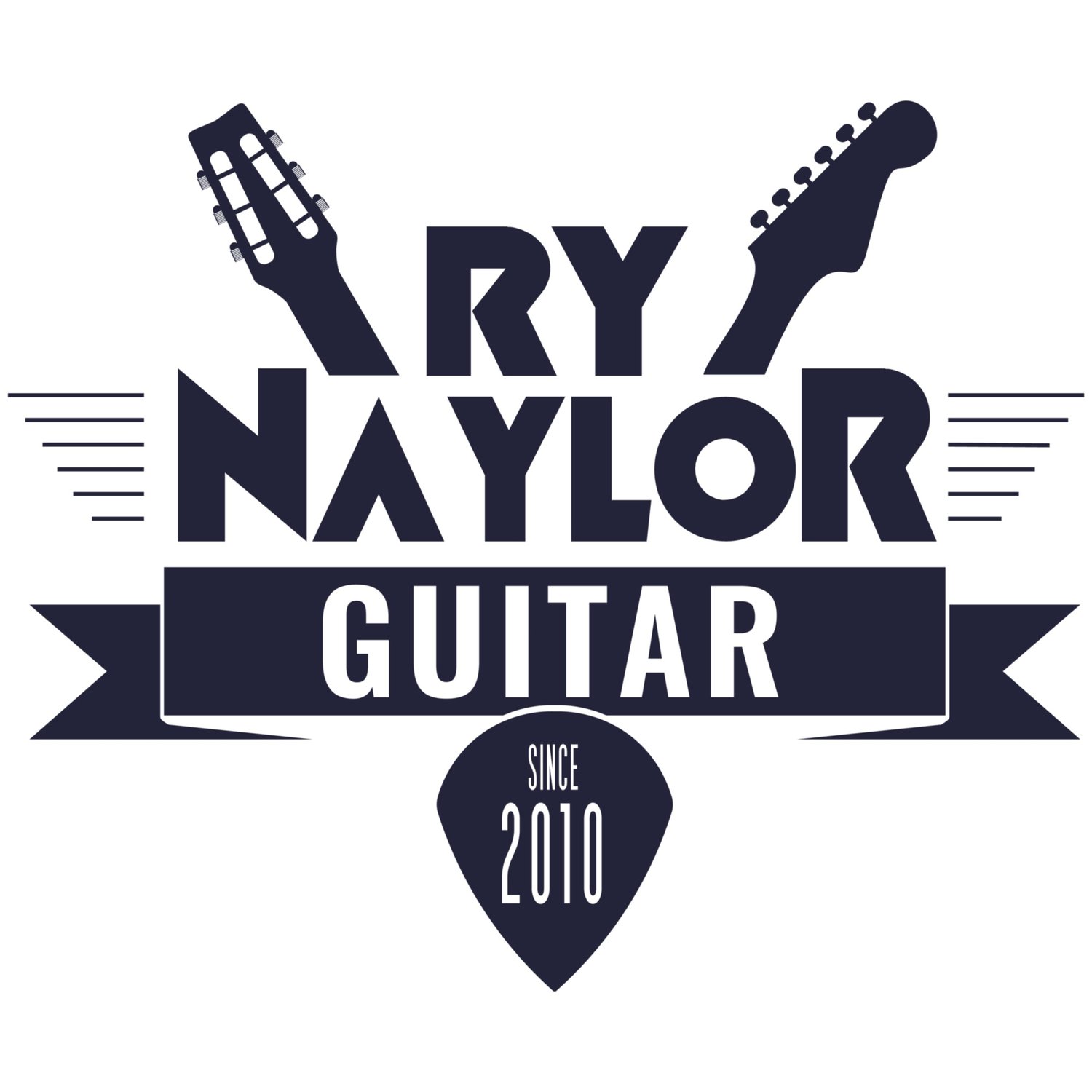Understanding the guitar fretboard
/When you first start, it seems almost impossible to understand the guitar fretboard.
There are so many frets to learn and there doesn’t seem to be any obvious logic to it.
How do people ever memorize it all?
We saw in previous lessons that a guitar string is like a piano keyboard. All the white and black keys are in one long row along the string.
The guitar with its 6 strings is like 6 separate pianos all in a row, each one starting from a different note (the open strings).
As if that wasn’t hard enough…these pianos overlap. You can find the same note on different strings!
HOW THE STRINGS OVERLAP
The different sets of coloured notes on the guitar fretboard are the same pitches.
For example, the E note of the open E(1) string (in red) could be played at:
5th fret of string 2(B)
9th fret of string 3(G)
14th fret of string 4(D)
19th fret of string 5(A)
24th fret of string 6(E) (if you have 24 frets on your guitar)
But if you take a closer look at the notes and the different colour groups, you’ll see there’s a pattern to it.
That pattern can be understood with a skill we tend to learn very early on - tuning the guitar strings by ear.
Tuning the guitar by ear
Electronic tuners are invaluable and I would always recommend using one for ease and accuracy in your tuning.
However, you should know at least one way to tune your guitar by ear.
Firstly, in case the battery dies in your tuner or you just don’t have one to hand.
But also, it teaches you how the strings relate to one another.
You begin with string 6(E) and assume that it’s in tune or thereabouts (I used to have a tuning fork when I started learning).
To tune the A(5) string you play the A note on string 6(E) and match the open string 5(A) to the same sound. When you are satisfied that the two notes sound the same, you move on to string 4(D).
And the process continues in the same way, using the 5th fret of string 5(A) to tune string 4(D).
The 5th fret of string 4(D) will tune the open G(3) string.
Then…the exception!
String 2(B) is tuned from the 4th fret of string 3(G).
You return to the 5th fret of string 2(B) to tune string 1(E).
5th FRET TUNING
No surprise that this is commonly called 5th fret tuning because you’re tuning (mostly!) from the 5th fret.
The notes at the 5th fret closely match the order of the open strings, making it a great fretboard reference point to help you more easily locate notes around the fifth fret. Find out more about that with my free eBook Fretboard Mastery.
Why do you tune from the 4th fret on String 3(G)?
The strings are all tuned a fourth apart (spanning 4 alphabet letters), except strings 3(G) and 2(B) which are a third apart (spanning 3 alphabet letters):
String 6 to 5 - EFGA - fourth
String 5 to 4 - ABCD - fourth
String 4 to 3 - DEFG - fourth
String 3 to 2 - GAB - third
String 2 to 1 - BCDE - fourth
What this means is that any note pattern that is played across strings 3(G) and 2(B) will be different from the other string pairs.
This is VERY important! It’ll come up again and again as you learn new concepts.
Finding the same note on different strings
5th fret tuning teaches you that the same pitch (or unison) is 5 frets lower (towards the headstock) on the string physically below.
That five fret distance is true for any note at any fret on any string.
Except…between strings 3(G) and 2(B) for which the same note will be 4 frets lower on string 2(B).
Let’s take a couple of examples.
The E note at the 12th fret of string 6(E) can be found at the 7th fret of string 5(A) or the 2nd fret of string 4(D).
FINDING THE SAME NOTE ON DIFFERENT STRINGS 1/3
The D note at the 12th fret of string 4(D) can be found at the 7th fret of string 3(G) or the 3rd fret of string 2(B).
FINDING THE SAME NOTE ON DIFFERENT STRINGS 2/3
The G note at the 12th fret of string 3(G) can be found at the 8th fret of string 2(B) or the 3rd fret of string 1(E).
FINDING THE SAME NOTE ON DIFFERENT STRINGS 3/3
Your to-do List
Learn (and practice) 5th fret tuning if it’s new to you
Test your fretboard knowledge by naming all the notes in the 5th fret
Explore finding the same note on different strings - chose a fret at random and see how many other locations there are for that same note. Maybe 2, 3, or 4

















